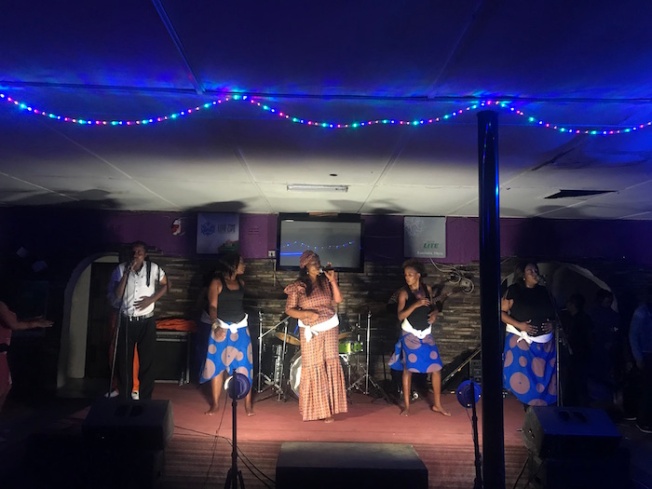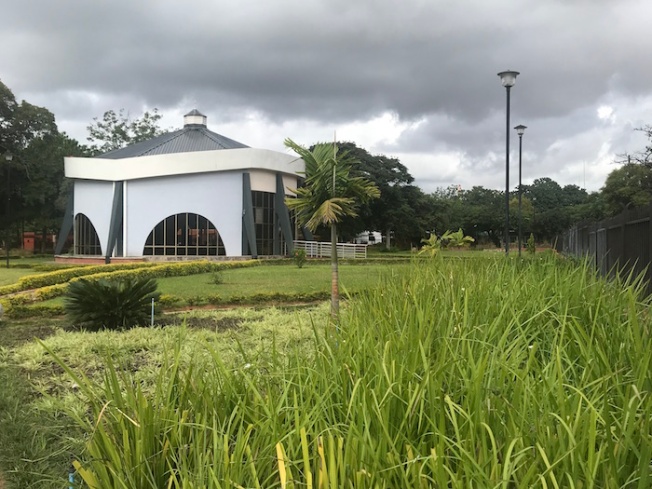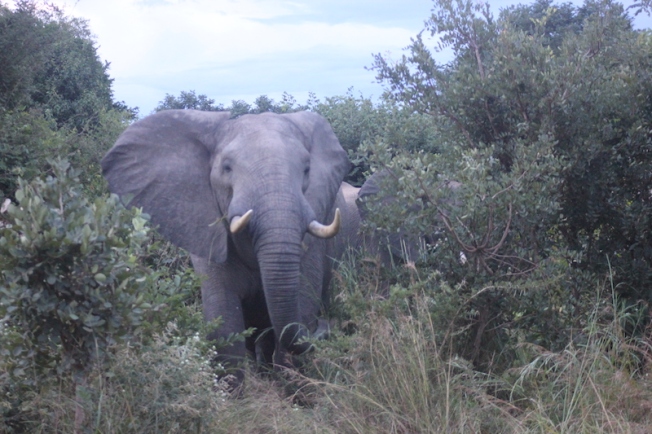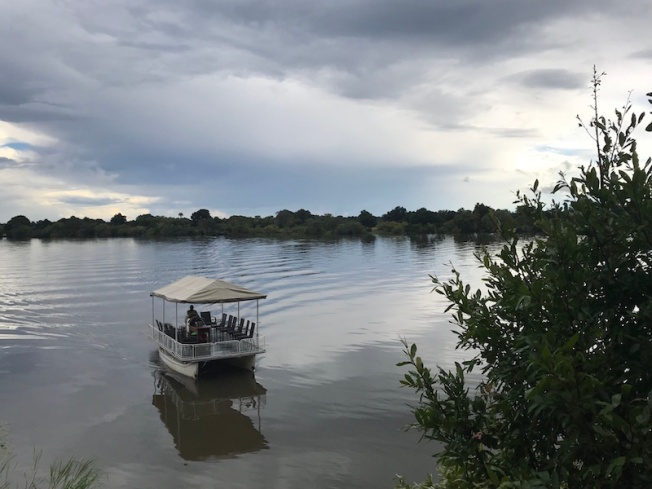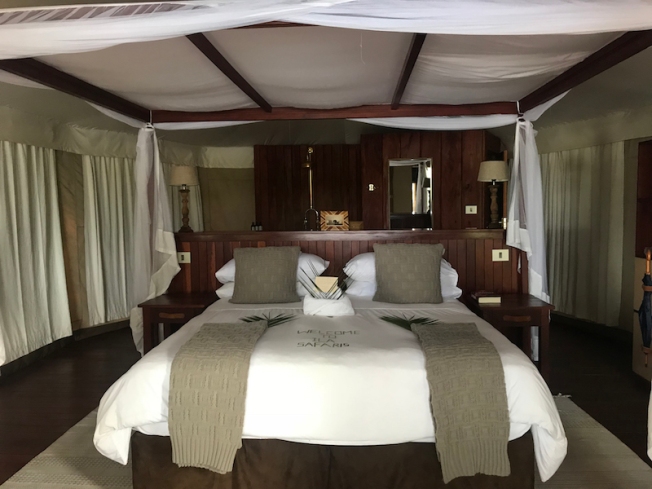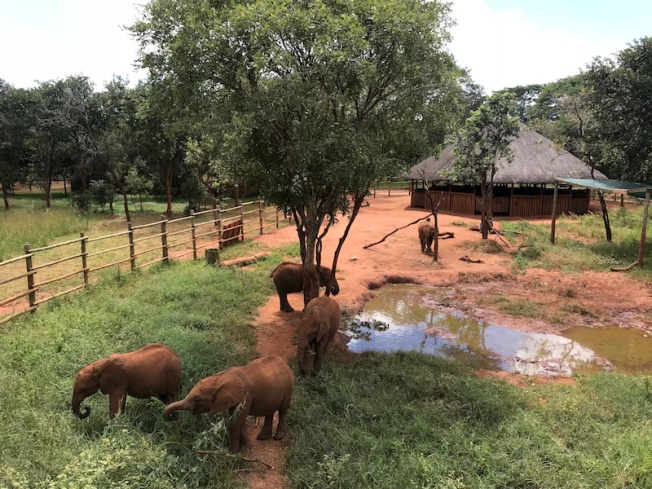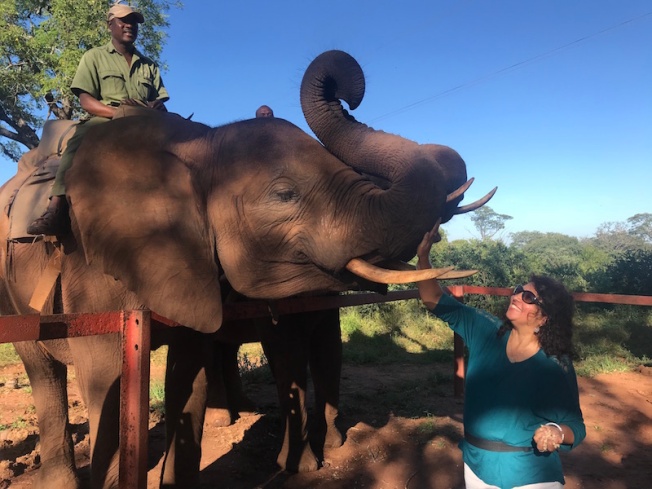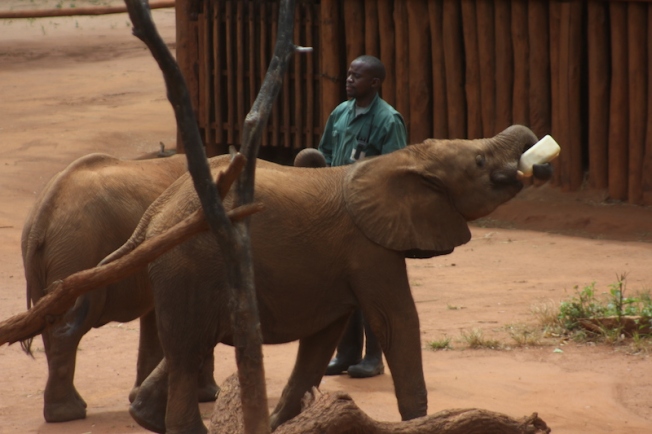From the mighty Zambezi River thundering down to form the famous Victoria Falls to heritage trains, petting lions and helicopter rides above the falls, Livingstone in Southern Zambia is a traveller’s paradise, discover ANURAG MALLICK & PRIYA GANAPATHY

As our 30-seater Mahogany Air twin-turboprop approached Harry Nkambule International Airport at Livingstone, we could see a giant mist hanging in the air over the lush green landscape. “That’s Victoria Falls,” smiled the amiable steward, quite used to seeing passengers agape. The gush of water is so much, the rising mist can be seen from miles, hence its local name ‘Mosi-oa-tunya’ or The Smoke that Thunders. A UNESCO World Heritage site, Vic Falls as it’s popularly known, ranks among the seven natural wonders of the world – and the only one in Africa.
Incidentally, the first European to stumble upon the Zambezi river in January 1498 was Vasco da Gama, who disembarked at a point he named Rio dos Bons Sinais (River of Good Omens). Centuries later explorer David Livingstone became the first westerner to see the Mosi-oa-Tunya. He first heard of the great waterfall in 1851 and finally visited it in 1855.

He came down the Zambezi in a canoe, camped on Kalai Island a few kilometers upstream and set off in a small dugout to approach the thunderous smoke. He landed on the biggest island on the lip of the waterfall (named Livingstone Island after him) from where he got the first view of the fall.
He later wrote, “It was the most wonderful sight I had witnessed in Africa. It had never been seen before by European eyes, but scenes so lovely must have been gazed upon by angels in their flight.” Our first glimpse of the hanging mist from the air did seem a lot like that.

It was a short drive from the airport to Avani Victoria Falls Resort, located just a 5-minute walk from the cataract. The sprawling resort came within the Mosi-oa-Tunya National Park, which ensured chance encounters with wildlife like giraffes, antelopes and the odd zebra crossing!
Decked up in contemporary Zambian designs, the adobe-style rooms overlooked a lawn strewn with contemporary metal figurines of rhinos and ostriches. One could pre-book an African open-air Boma dinner with traditional dances, though we happily devoured a mixed meat Zambezi Platter by the pool.

Hotel guests of Avani have the unique privilege of unlimited complimentary access to the waterfall and we decided to make the most of it. Following the crashing sound of water, we exited from the back gate and stopped for souvenirs at the small market right opposite the waterfall entrance.
Local artists carved exquisite sculptures from locally available verdite, better known as ‘mosi oa tunya’ stone. Some were carving soap dishes with half submerged hippos; others family of giraffes. Another popular pick-me-up, the Nyami Nyami pendant, made of soapstone, wood or bone, has a fascinating legend.

The indigenous Tonga tribesmen believe that the Zambezi is home to a fierce river god called Nyami Nyami. The mythical creature is believed to live under a large rock near Kariba gorge, near Victoria Falls. Ever since the dam was built, he was separated from his wife and unleashed his fury through floods, thunder and rain.
The locals tried to calm the spirit through sacrifice and continue to craft the pendant as a good luck charm for visitors. “This is the face of the creature – half snake, half fish, these notches resemble the waterfall and this hole is the eye of the fall,” explained a sculptor. We picked up a few and walked through the gate along a stone pathway.

There were several trails branching out and we took the rightmost one for a walk upstream, which led to the top of the waterfall. The river flowed gently, nonchalantly disappearing from view over the cliff offering no clue about the drama below. We retraced our steps and paid tribute at the War Memorial in memory of Northern Rhodesians who lost their lives during the First World War.
Nearby stood a large statue of Dr David Livingstone, erected in 2005 to commemorate the 150th anniversary of the first European sighting of Victoria Falls on 16 November 1855 and to commemorate the centenary of the founding of the town of Livingstone. On his 1852-56 exploration of the African hinterland, Dr Livingstone mapped out almost the entire course of the river.

We walked down the stone path and with each step the crash grew louder. And then through a clearing we saw it for the first time – the mighty Zambezi river thundering 360ft down the 1,708 m wide gorge. The volume of water was so much that the famous Devil’s Pool on the edge of the waterfall was out of bounds. Yet, there were other trails to Boiling Pot (615m) and the scenic Photographic Trail (788m) that were accessible.
As we approached the Knife Edge Bridge, the gentle spray turned into a full downpour. Our rain jackets were modest protection from the torrential splash. Built in 1968 by PWD, the 40m long 1.3m wide bridge connects the mainland to the headland. We continued to Danger Point for a view of Victoria Falls Bridge. The bridge was a crucial link in the route of the railway, as envisioned by Cecil John Rhodes. The bridge was assembled in sections at the Cleveland Bridge Company factory yard in Darlington before being shipped to Africa.

The steam engine ‘Princess of Mulobezi’ originally hauled timber for Zambezi Sawmills nearly a century ago. Today, it chugged along the scenic tracks with passengers. We had a brief peek into the plush Royal Livingstone Express in town and continued to the Victoria Falls Bridge. Rhodes had wished “I should like to have the spray of the water of the Victoria Falls over the carriages,” and boy did his dream come true.
We felt the spray as soon we got off the tour bus and walked towards the border between Zambia and Zimbabwe. The waterfalls were a shared legacy between the two countries and we watched the Zambezi river down below flow towards Zimbabwe. Bang in the middle of the bridge adventure seekers could try the bungee jump over the Zambezi gorge.

Livingstone has no dearth of adventure. Batoka Sky offer helicopter and microlight rides above the falls. At Mukuni Big 5 you can experience elephant feeding, a walk with cheetahs and lion petting. At the Cultural Centre, there’s vigorous Zambian dances in traditional costumes. The Livingstone Museum, the oldest and largest museum in Zambia, showcases the history of early man, the country and its traditions besides a gallery dedicated to explorer Dr David Livingstone.
Back at our hotel, we dropped by at the adjacent Royal Livingstone Hotel By Anantara. A heady mix of Victorian elegance and old world colonial ambience, the classy resort was filled with paintings and antiques. Wooden decks amid sprawling gardens and towering trees offered sweeping views of the Zambezi, with signature therapies like Zambezi Massage in riverside gazebos.
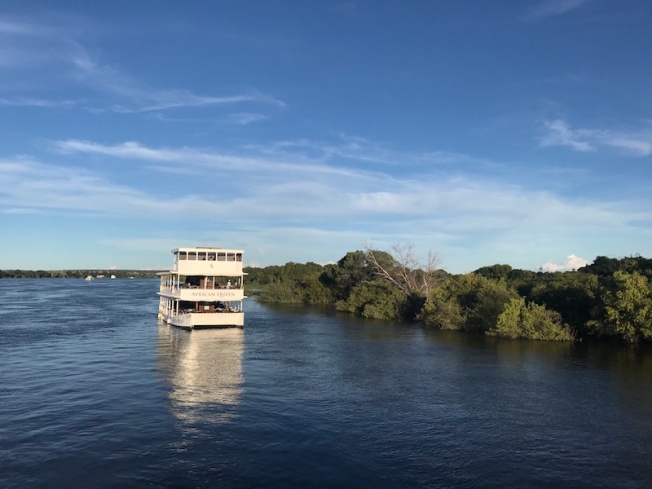
It was evening and we headed to Aha The David Livingstone Safari Lodge & Spa, a plush resort made of stone, thatch and wood. The high-roofed foyer was decorated with granaries, drums, cane lamps and African portraits on adobe walls with luxurious spa treatments and Afro-Arabian fusion cuisine at Kalai restaurant. At the pier, we boarded the Lady Livingstone for a magical 2-hr sundowner cruise on the Zambezi river.
A band playing on the silimba (Zambian xylophone using resonating gourds) and we sipped sundowners while training our binocs to the riverbank to spot crocs, hippos and other wildlife. The steward presented us a chilled pint of the local Mosi lager. The label called it ‘thunderous refreshment as mighty as the Mosi-oa-Tunya’. The rising mist from Vic Falls danced like a fairy and we watched the sun slowly sink into the Zambezi, as if it was swallowed whole by Nyami Nyami…
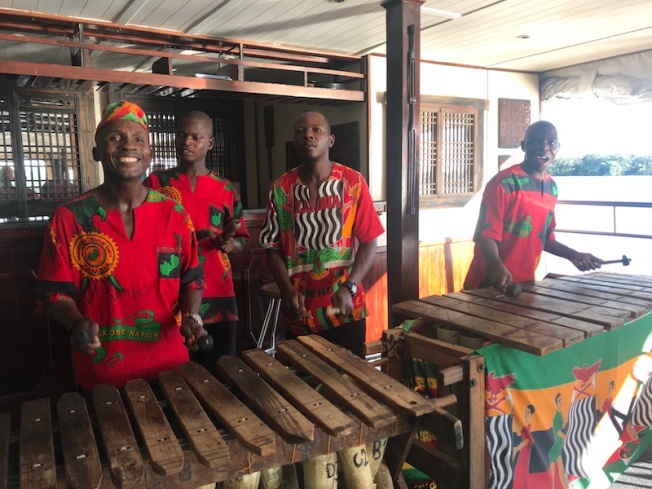
FACT FILE
Getting there
Fly to Lusaka on Ethiopian Airlines via Addis Ababa, Kenyan Airlines via Nairobi, Oman Air via Muscat or Emirates via Dubai. Mahogany Air (Ph +26 097 786 5838 www.mahoganyair.com) flies from Lusaka to Harry Nkambule International Airport at Livingstone.
What to Do
Royal Livingtone Express
Shearwater Victoria Falls Bungee
Mukuni Big 5 Ph +260 213 322286 mukunibig5.co.zm
Livingstone Museum (Mon-Sun 9am-4:30pm Entry $5)
Batoka Sky Microlight & Helicopter Flights

Where to Stay
Avani Victoria Falls Resort
Ph +260 978 777044
www.minorhotels.com
Royal Livingstone Hotel by Anantara
Ph +260 21 332 1122
https://www.anantara.com/en/royal-livingstone
Tariff $414 upwards
Aha The David Livingstone Safari Lodge & Spa
Ph +260 21 332 4601
https://aha.co.za/david-livingstone/
Tariff $370
For more info, visit http://www.zambia.travel

Authors: Anurag Mallick & Priya Ganapathy. This article appeared on 20 Oct 2018 in the HT City supplement of Hindustan Times newspaper.

